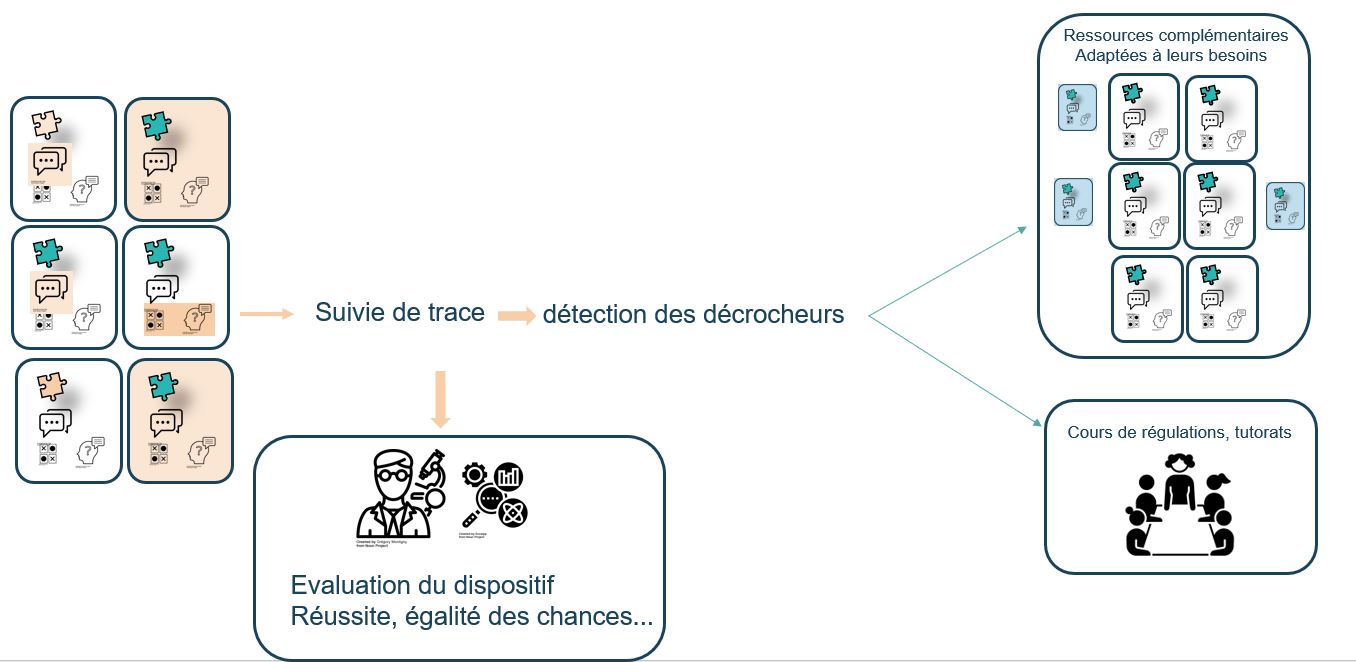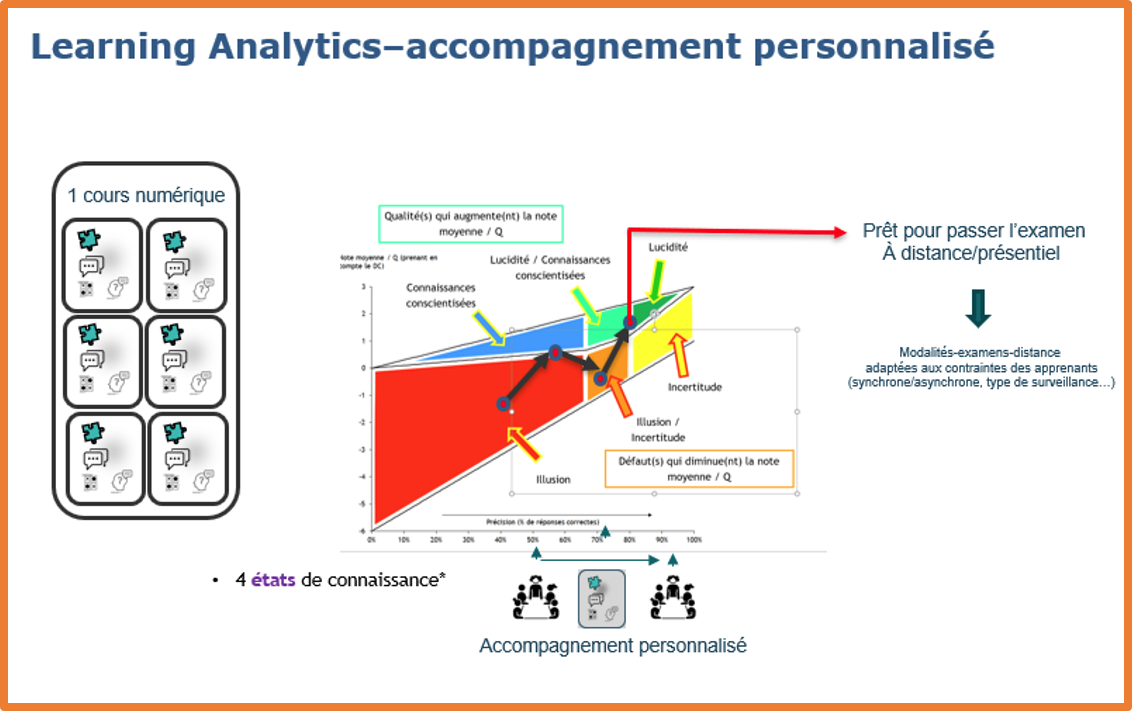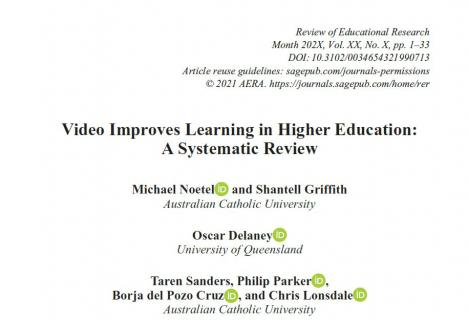WP7 - Recherche :
L'objectif de ce WP est de coordonner les laboratoires de recherche partenaires de SHIFT afin d'évaluer notre dispositif.
Plus précisément :
- comprendre et analyser l'action des étudiants inscrits dans SHIFT,
- connaître les pratiques d’organisation temporelle et sociale en lien avec les apprentissages.
Méthode :
elle est mixte, qualitative (entretiens individuels) et quantitative (questionnaires). On s'appuiera aussi sur le Learning Analytics pour le suivi individuel de l'activité des apprenants. Les participants seront des étudiants et étudiantes de licence STAPS inscrit.e.s à SHIFT et des étudiants et étudiantes en formation classique en présentiel.
L'analyse portera entre les lien qui s'établissent entre organisation temporelle, apprentissages et performances académiques.
Il s'agira aussi de comparer les pratiques des étudiants STAPS d'un même niveau d'étude dans SHIFT versus formation "classique".


Bibliographie
La vidéo améliore l'apprentissage dans l'enseignement supérieur_Une revue systématique
Study Finds Use of Video Boosts Learning
A meta-study has found that the use of pre-recorded video can lead to "small improvements" in learning and replacing existing content with videos can result in "strong" learning benefits.
The work, published by the American Educational Research Association (AERA), was undertaken by a team of researchers from Australian Catholic University (ACU) and the University of Queensland. They analyzed 105 prior studies that covered a pool sample of 7,776 students. Those studies had used randomized controlled trials to compare the effectiveness of videos (both recorded lectures and highly edited clips with audio and visual elements) against other forms of instruction, including face-to-face lectures, tutorials or assigned readings. What the project didn't include were those studies where video usage couldn't be isolated from other variables, such as in the adoption of "flipped" classrooms.
Videos were found to be more effective for teaching skills than for transmitting knowledge (an increase of five points versus two points). According to the research, this may be because video provides "a different, more authentic perspective." For instance, the report noted, while learning about the history of feminism in India may show no difference in impact between sitting in class or viewing a video, video has the advantage for other topics, such as learning a medical procedure or a new skill. "Videos allow for students to see authentic demonstrations of skills with real people. They also allow for unique perspectives where students can see a skill through the eyes of the performer," the report stated....
pour la suite :
https://campustechnology.com/articles/2021/02/24/study-finds-use-of-vid…
Lien de l'article


